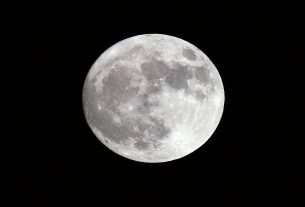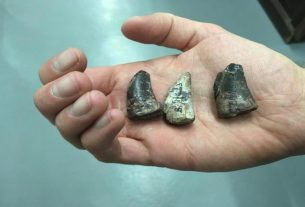A celestial spectacle is on the horizon, with the total solar eclipse scheduled for April 8 captivating the attention of millions across North America and beyond. This phenomenon, where the moon completely obscures the sun, turning day into night for a brief moment, is not just a visual marvel; it is a scientific goldmine. NASA, the forefront of space exploration and scientific research, is gearing up to seize this rare opportunity to delve into the mysteries of the sun and the intricacies of our planet’s atmospheric responses.
The Path to Darkness: A Cosmic Phenomenon
The upcoming eclipse promises a spellbinding experience, with its path of totality stretching across major swathes of North America and parts of the Atlantic and Pacific Oceans. Observers within this path will witness the moon blot out the sun’s light entirely for up to four minutes and 28 seconds, a moment of awe that also serves as a critical window for scientific inquiry.
NASA’s Scientific Quest During the Eclipse
The allure of the total solar eclipse extends beyond its visual spectacle; it offers a unique vantage point for scientific exploration. NASA plans to embark on several observation projects aimed at understanding the sun’s influence on Earth’s upper atmosphere and unraveling the mysteries of the corona, the sun’s outermost layer. This initiative echoes a history of scientific milestones achieved during past eclipses, including the discovery of helium and insights into the corona’s structure.
Exploring the Sun’s Corona and Beyond
The focus of NASA’s efforts will be the elusive corona, a region that remains challenging to study under normal circumstances due to the sun’s dazzling brightness. Utilizing specialized instruments and cameras, along with the WB-57 research airplanes capable of high-altitude flights, scientists aim to uncover new details about the corona’s structure and its impact on solar activity and Earth.
The Role of Sounding Rockets in Eclipse Research
Complementing the aerial observations, NASA’s sounding rockets are slated for launch during the eclipse. These short-duration flights will probe the ionosphere’s response to the sudden eclipse-induced darkness, contributing valuable data on atmospheric changes that occur at the edge of space.
Citizen Science and Collaborative Research
NASA’s eclipse research will also benefit from the participation of citizen scientists and students. From photographing the corona to launching weather balloons and observing wildlife behavior, these collaborative efforts are set to enhance our understanding of the eclipse’s effects on Earth’s atmosphere and biosphere.
As the total solar eclipse approaches, anticipation builds not only for the breathtaking views it will offer but also for the potential discoveries that lie in wait. Through a combination of advanced technology, collaborative research, and the natural wonder of the eclipse, NASA and the global scientific community stand poised to gain new insights into our sun, our planet, and the dynamic relationship between them.




